Grains, Fuel and Pigeon Racing Introduction
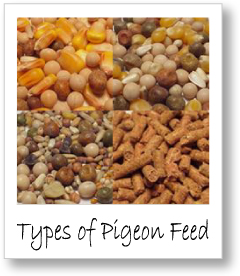 Following a series of seminars delivered in Australia during the Fall, I was approached by some fanciers interested in grains/seeds and their levels of nutrients. It occurred to me then that it might be useful for these and other fanciers to have nutritional information on grains/ seeds in the form of a table, along with a number of points of discussion and opinions, to which they could refer at their convenience. For that reason, I have prepared the attached table (Table 1) of common feeds that fanciers might use in the preparation of rations for breeding, rearing and racing. (For greater detail on some of the topics covered here, e.g., muscle, flight, and fuels ect., see my other articles published in the RP Digest during this year, and previously.)
Following a series of seminars delivered in Australia during the Fall, I was approached by some fanciers interested in grains/seeds and their levels of nutrients. It occurred to me then that it might be useful for these and other fanciers to have nutritional information on grains/ seeds in the form of a table, along with a number of points of discussion and opinions, to which they could refer at their convenience. For that reason, I have prepared the attached table (Table 1) of common feeds that fanciers might use in the preparation of rations for breeding, rearing and racing. (For greater detail on some of the topics covered here, e.g., muscle, flight, and fuels ect., see my other articles published in the RP Digest during this year, and previously.)
In this table, I have listed only values for Protein, Fat, Carbohydrates and Fiber. These values have been taken from Feedstuffs magazine, 1996 edition, and from an older edition of Feeds and Feeding by Morrison. These values are based on North American-grown feeds, and represent averages only, meaning that some grains could have both higher and lower values for the nutrients presented. For one example, I am aware that some varieties of wheat analyzed in Canada have had up to 18% protein. I suspect that similar ranges of values for the given feeds could be found in feeds grown in other areas of the world, as well. If you want to be completely sure about the nutritional content of your feeds, you can have samples analyzed commercially for a fee.
Briefly, proteins are used in the building and repair of tissues in the body, and so are useful in preparing pigeons for the breeding season, for improved fertility and hatchability, and for improved growth and development of youngsters. For example, studies in the USA have shown that an 18% protein ration, in which soybeans or fish meal were used as sources of protein, resulted in marked improvements in all of the situations just mentioned. No further improvement was found when diets containing higher than 18% protein were fed, so it seems that diets containing upwards of 18% protein are ideal for breeding and rearing.
Carbohydrates are the simple and complex sugars in feeds, and along with fats, represent the energy components of the diet, which allow the body to perform work of any kind. Carbohydrates -and particularly fats- are important for our purposes as racing pigeon fanciers because they are the fuels that supply the energy for our birds to exercise around the loft, and to fly from both the shortest toss and the longest race. One of the important carbohydrates for many birds and animals, including humans, is the sugar glucose, sometimes also called dextrose. In grains/seeds, the starch component (visible to the naked eye when a grain such as corn is cracked open) is comprised of many units of glucose, linked together in a particular large chemical configuration. After grains are ground in the gizzard, and the resulting mash is passed into the intestines, the starch is broken down (metabolized) into individual units of glucose which are ten absorbed across the wall of the intestine into the blood stream, and delivered to the liver. Here, many units of glucose are assembled into a large chemical structure that is different from that of starch, and is known as glycogen. Hence, it becomes clear that starch is the storage form of glucose in plants and their seeds, and glycogen is the storage from of glucose in the tissues of birds and animals.
When glucose is needed by tissues in the body, glycogen in the liver is broken down to individual units of glucose, which are then exported in the blood stream to these tissues. For example, the chief fuel of the brain is glucose; a steady supply of which must be provided by the liver- which is why birds normally have a high blood level of glucose.
Both red and white muscle in the breast of pigeons must have a ready supply of glucose, many units of which are built up into glycogen for storage in the muscle, and for later use. During the explosive launch phase of flight, or during dodging bursts of energy during cruising flight, white muscle fibers in the breast utilize only glycogen as a source of energy for these actions. As a result, the glycogen supplies in white muscle are completely depleted very quickly (within the first 10 minutes or so after launch), and must be replenished to take care of other dodging emergencies that could occur during cruising flight. To replenish glycogen supplies in the muscle, the liver then begins to break down its supplies of glycogen to glucose, which is release to the blood stream and is transported to the white fibers in the breast muscles where it is again built up into glycogen, to be used as needed during emergencies in flight.
The other highly important role for glucose in pigeons is in the production of fat for sustained flight. Fat is unquestionably the key fuel for any flight lasting more than a few minutes, from a short training toss to a 500-mile race, and on to the marathons of 600 miles and more. You may recall a US study in which one group of pigeons was supplemented with 5% fat, and a second group was not supplemented. In races up to 200 miles there wasn’t much difference in the performances of the two groups. However, after 200 miles birds in the fat-supplemented group definitely had better performances than those in the unsuplemented group. Once clocking began, there were more birds clocked from the fat- supplemented group in a given period of time than from the unsupplemented group. These findings demonstrated the marked benefits of fat in providing birds with the improved stamina and endurance needed to complete these races.
Grains, Fuel and Pigeon Racing Introduction By Gordon Chalmers, DVM

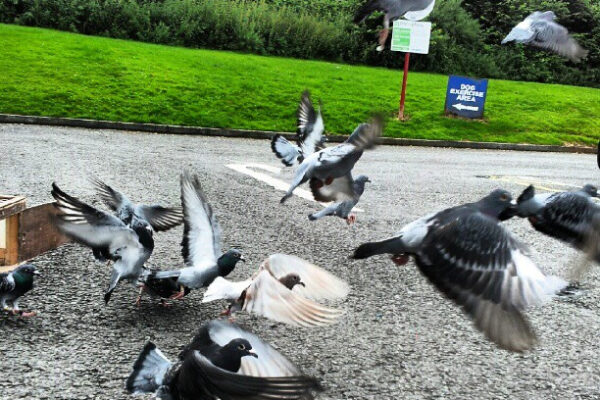
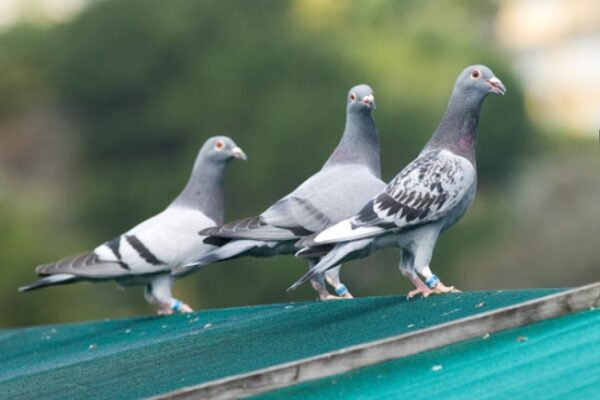
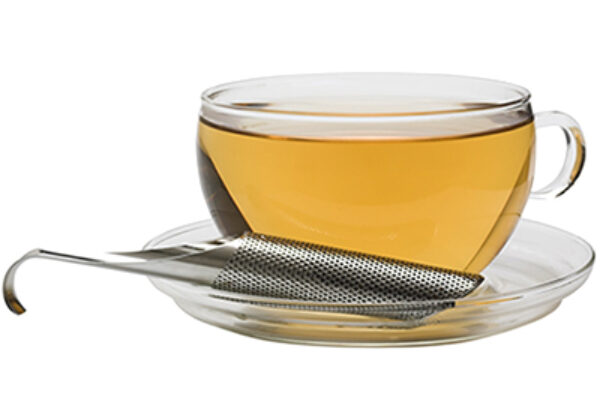
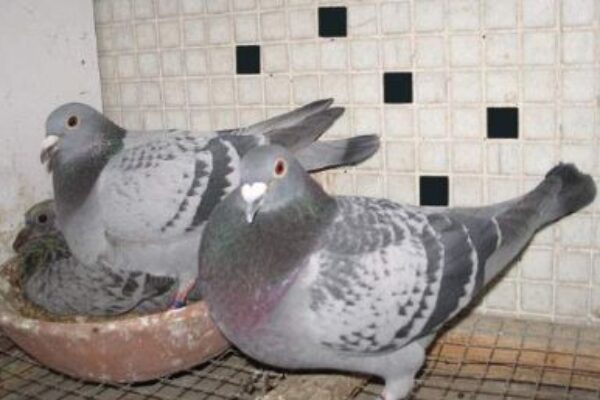
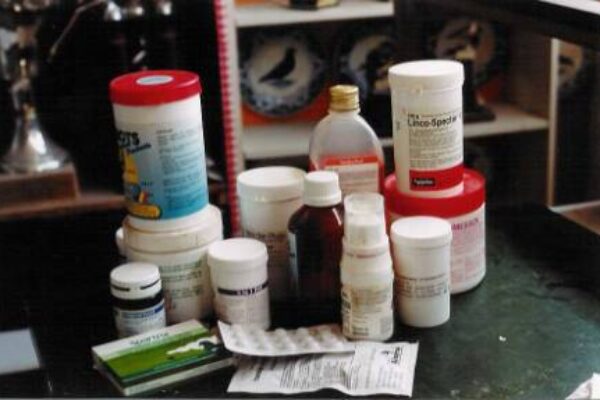



VERY GOOD ARTICLE.DID NOT SEE TABLE THOUGH
very good night, I would like you to tell me how to raise pigeons slowly so only with food, and what kind should I give food to the start of the week until the day of the pigeons go to trial, there are those who do it for measures ie it will increase the form of pigeons that book will sell you guys have me answer that question and others I can buy it to them, lengths up soon
Thank for good information…
Hi what day during the week is best to add clucose powder to the drinking water. And secondly can u tell me wich is the best popcorn or normal corn and why. Wich one is best for racing and breeding
thank you very much for reply
EXCELLENT article.
Thank you good information
Many Thanks
Thank you good information
In this article a table 1 is mentionned but is not in the body of this article. Is it possible to have this table. As usual the article of DR. Chalmers are always documented and interesting.
Many thanks
sir what what season is good for deworming the racing pigeon?and how many month do the young ready to race?